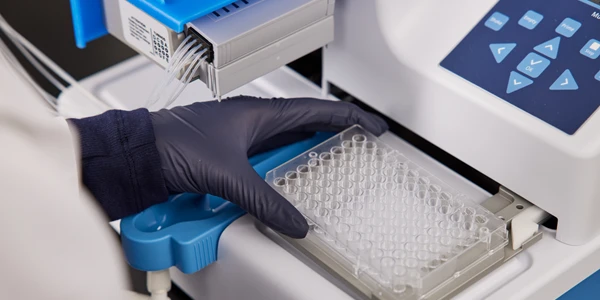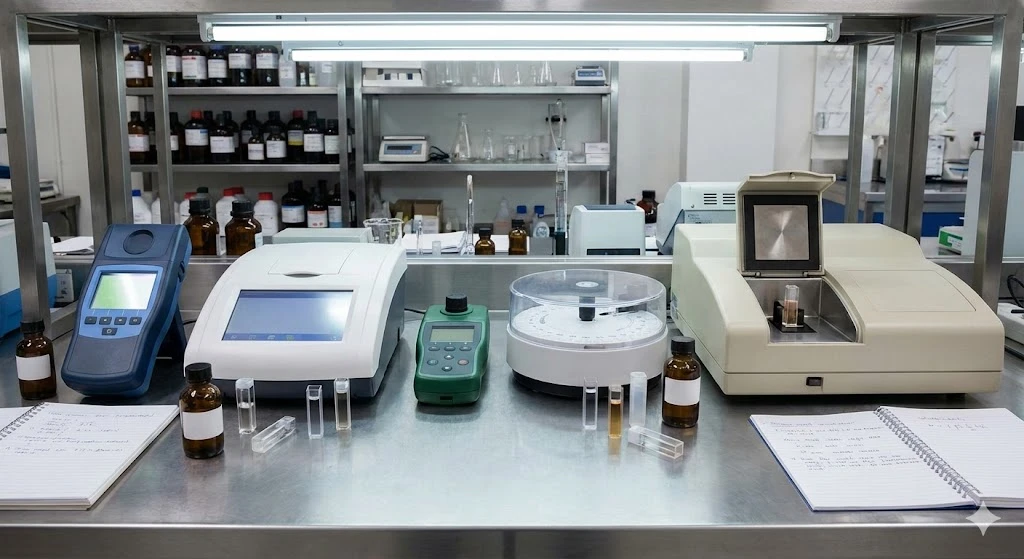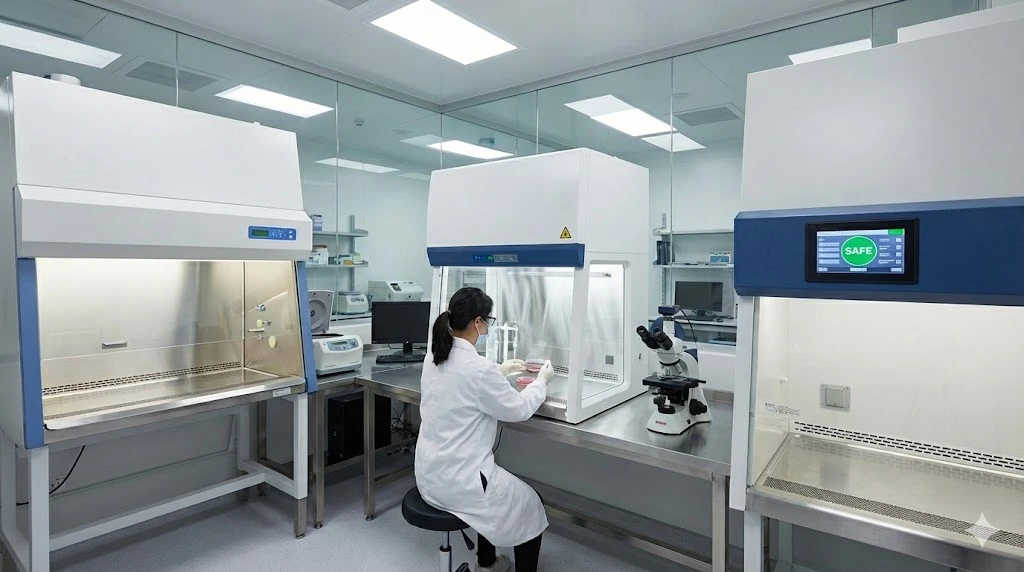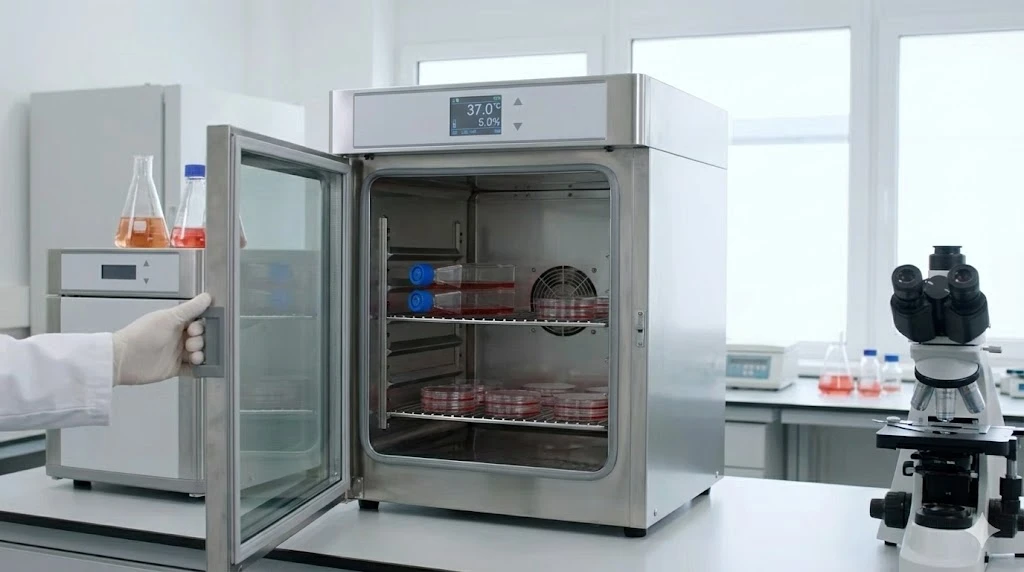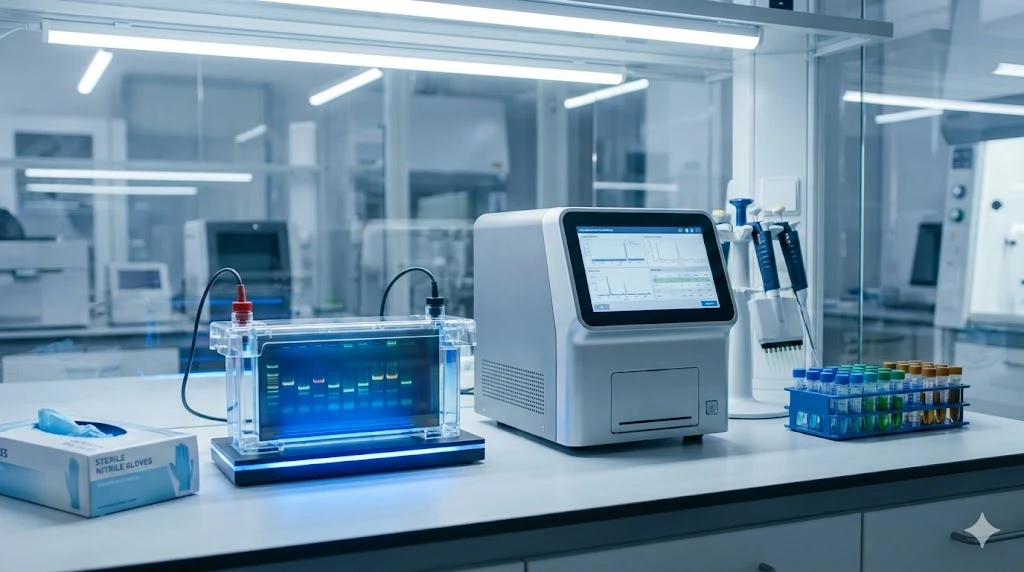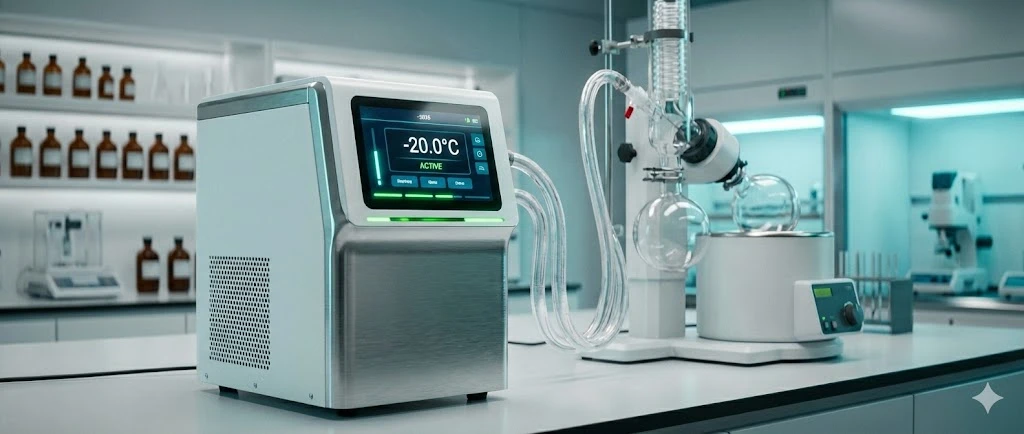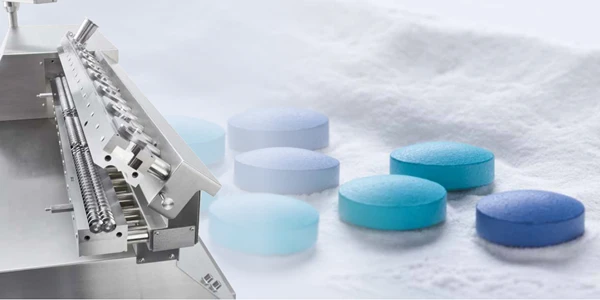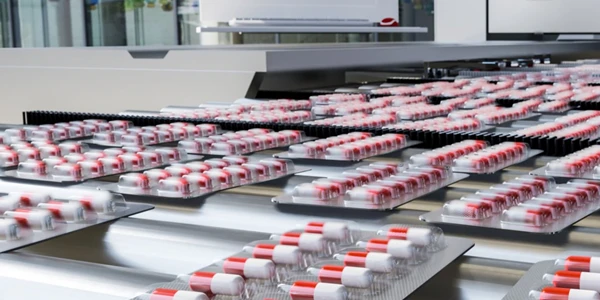Thermogravimetric Analysis (TGA) for Determining Material Stability and Composition in Battery Components

The performance, safety, and longevity of modern batteries, particularly lithium-ion batteries, are profoundly influenced by the thermal stability and precise composition of their constituent materials. From cathode and anode active materials to electrolytes and separators, each component must withstand various temperature conditions during manufacturing, operation, and even potential abuse. Understanding how these materials behave under heat is critical for optimizing battery design, ensuring safety, and predicting cycle life. This is where Thermogravimetric Analysis (TGA) emerges as an indispensable analytical technique, offering precise insights into the thermal stability, composition, and degradation pathways of battery components.
What is Thermogravimetric Analysis (TGA)?
Thermogravimetric Analysis (TGA) is a thermal analysis technique that measures the change in mass of a sample as a function of temperature or time. The sample is heated in a controlled atmosphere (e.g., inert gas like nitrogen or reactive gas like air/oxygen) at a constant heating rate, or held isothermally, while its mass is continuously monitored. Any changes in mass indicate a physical or chemical event, such as:
Decomposition: Breakdown of a material into volatile products.
Oxidation/Reduction: Reactions with the surrounding atmosphere.
Desorption/Adsorption: Loss or gain of volatile components (e.g., moisture, solvents).
Phase Transitions: Although less direct than other thermal techniques, some phase transitions can be accompanied by mass changes.
Purity and Composition: Determining the percentage of different components in a mixture or the amount of residual solvent.
A TGA instrument typically consists of a precision balance, a furnace with a temperature controller, and a gas flow system. The data is plotted as a thermogravimetric (TG) curve (mass vs. temperature/time) and often a derivative thermogravetric (DTG) curve (rate of mass change vs. temperature/time), which highlights the temperatures at which mass loss events occur.
Why is TGA Crucial for Battery Components?
Battery components are subjected to various thermal stresses, both during their synthesis and throughout their operational life. TGA provides vital information that directly impacts battery performance, safety, and manufacturing efficiency:
1. Determining Thermal Stability and Decomposition Temperatures
Electrode Materials: Assessing the thermal stability of cathode and anode active materials (e.g., LiCoO₂, NMC, graphite, silicon). TGA can identify the onset temperature of thermal decomposition, which is crucial for understanding the material's inherent safety limits and its behavior under elevated temperatures.
Electrolytes: Analyzing the thermal decomposition of liquid electrolytes and solid polymer electrolytes. This helps determine their operating temperature range and identify potential safety hazards (e.g., electrolyte evaporation or decomposition leading to gas generation).
Separators and Binders: Evaluating the thermal degradation of polymeric separators and binders, which are critical for maintaining structural integrity and preventing internal short circuits at high temperatures.
2. Compositional Analysis and Purity Assessment
Active Material Content: Quantifying the percentage of active material in electrode slurries or finished electrodes by burning off organic binders and conductive additives in an oxidative atmosphere. This is essential for quality control in manufacturing.
Moisture Content: Detecting and quantifying residual moisture or solvents in battery materials, which can significantly impact electrochemical performance and safety, particularly in lithium-ion batteries where water can react with lithium.
Binder and Additive Content: Determining the precise amount of polymeric binders, conductive carbon, and other additives in electrode formulations, ensuring consistent batch quality.
Impurities: Identifying and quantifying inorganic impurities that may decompose at specific temperatures, providing insights into material purity.
3. Understanding Degradation Mechanisms
Gas Evolution: Analyzing the mass loss profiles can infer the types of gases evolved during thermal decomposition, which is critical for understanding the safety aspects of batteries (e.g., oxygen release from overcharged cathodes). TGA can be coupled with mass spectrometry (TGA-MS) or Fourier-transform infrared spectroscopy (TGA-FTIR) for direct identification of evolved gases.
Reaction Pathways: Revealing multi-step decomposition processes, providing clues about the complex chemical reactions occurring during thermal degradation.
4. Optimizing Manufacturing Processes
Drying and Calcination: Guiding the optimization of drying and calcination temperatures and times for electrode materials and precursors, ensuring complete removal of solvents and precursors while preventing unwanted decomposition.
Binder Burn-out: Establishing appropriate temperature profiles for the removal of organic binders during electrode processing, preventing residual carbon or incomplete removal that could affect conductivity.
Advantages of TGA
Quantitative Analysis: Provides precise quantitative data on mass changes.
Versatile: Applicable to a wide range of materials, including solids, liquids, and polymers.
Atmosphere Control: Allows for analysis in various atmospheres (inert, oxidative, reactive), simulating different processing or operating conditions.
Relatively Simple Sample Preparation: Typically requires small sample sizes with minimal preparation.
Coupling Capabilities: Can be coupled with other analytical techniques (e.g., MS, FTIR) for comprehensive evolved gas analysis.
Conclusion: A Foundation for Safer and More Efficient Batteries
Thermogravimetric Analysis (TGA) is a foundational analytical technique for researchers and manufacturers in the battery and renewable energy sectors. By meticulously measuring mass changes as a function of temperature, TGA provides invaluable insights into:
The thermal stability and safety limits of battery components.
The precise composition and purity of materials.
The mechanisms of thermal degradation.
Leveraging TGA helps optimize material synthesis and processing, enhance battery safety, and ultimately contribute to the development of more robust, efficient, and reliable energy storage solutions that are crucial for a sustainable future.
